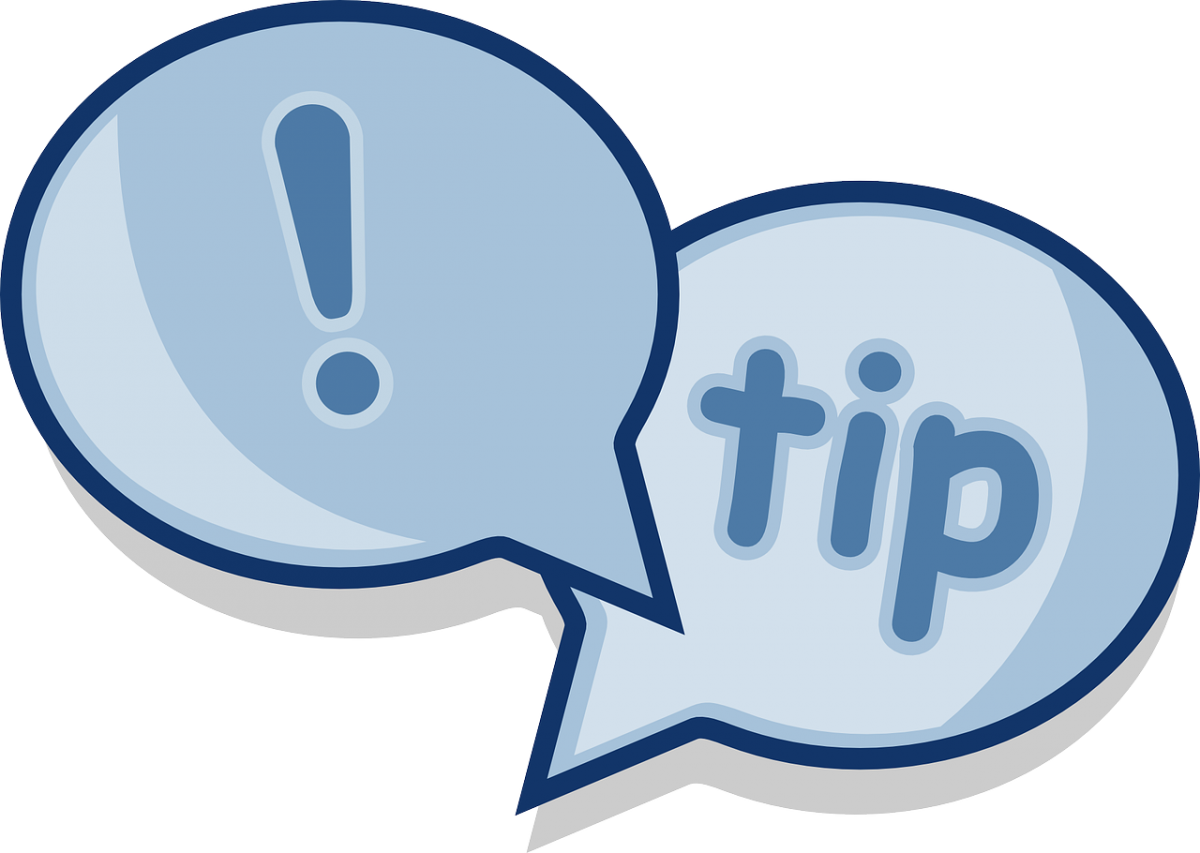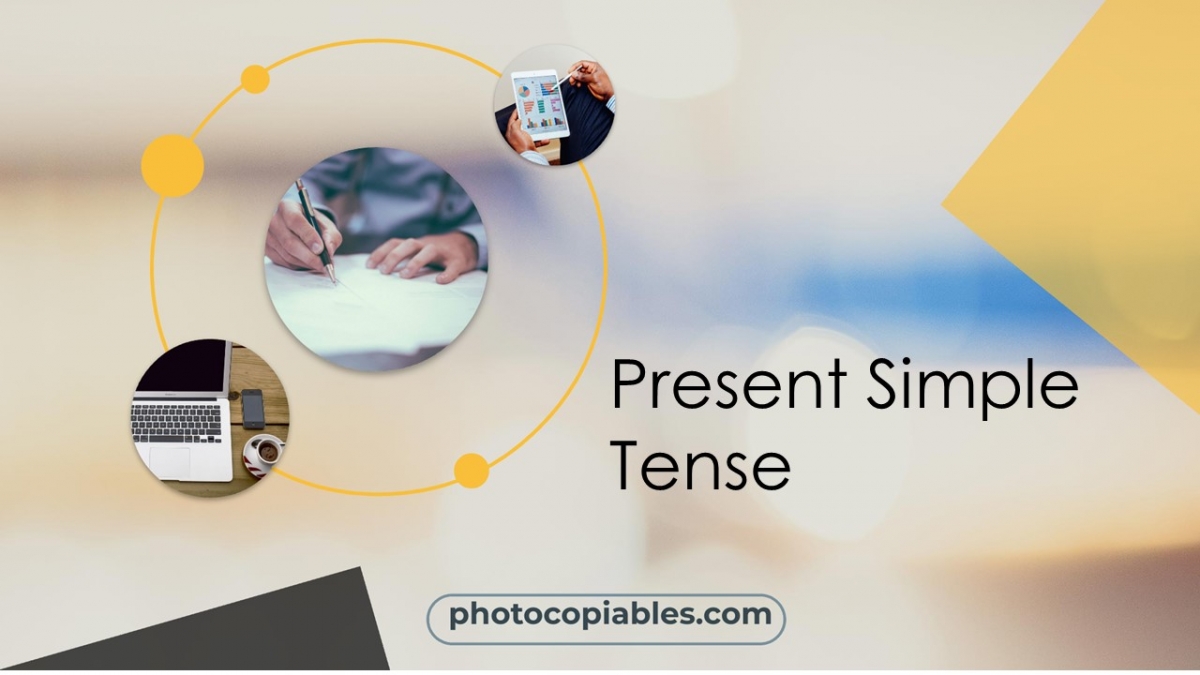Present Simple tense is quite an easy tense, and it is widely used in English. The third singular forms are the toughest part of this tense, and learners usually make mistakes with these third singular forms. Also the 'to be' forms become a problem when there is no action in the sentence.
Why do we use the Present Simple Tense?
We use Present Simple to talk about regular activities, habits, opinions and give scientific facts or truths. There is also a future use of Present Simple tense when talking about timetables.
| Routines and Habits |
|
|---|---|
| Opinions |
|
| Scientific facts and Truth |
|
| Timetables |
|
How do we form present simple tense?
For all subject pronouns, we use the base form of the verb. For third singular pronouns, we add '-s' to the ending of the verb.
| I / you / we / they VERB (base form) | He/She/It VERB [-s] |
I play football. You play football. We play football. They play football. | He plays football. She plays football. It plays with a ball. |
What about negative and question forms?
In questions and negative sentences we use "do" or "does". We use "do" along with I, you, we, they. We use "does" along with he, she, it.
| Positive Sentence | Negative Sentences | Questions |
I drink milk before bedtime. Tom drinks milk before bedtime. | I don't drink milk before bedtime. Tom doesn't drink milk before bedtime. | Do you drink milk before bedtime? Does Tom drink milk before bedtime? |
 The verb "do" has two roles in present simple tense. The first one is "helping verb". It is used in negative sentences and questions for all personal pronouns except third singular forms. For third singular forms, we use "does". The second role is performing an action. The verb "do" has two roles in present simple tense. The first one is "helping verb". It is used in negative sentences and questions for all personal pronouns except third singular forms. For third singular forms, we use "does". The second role is performing an action. |
Exercises






